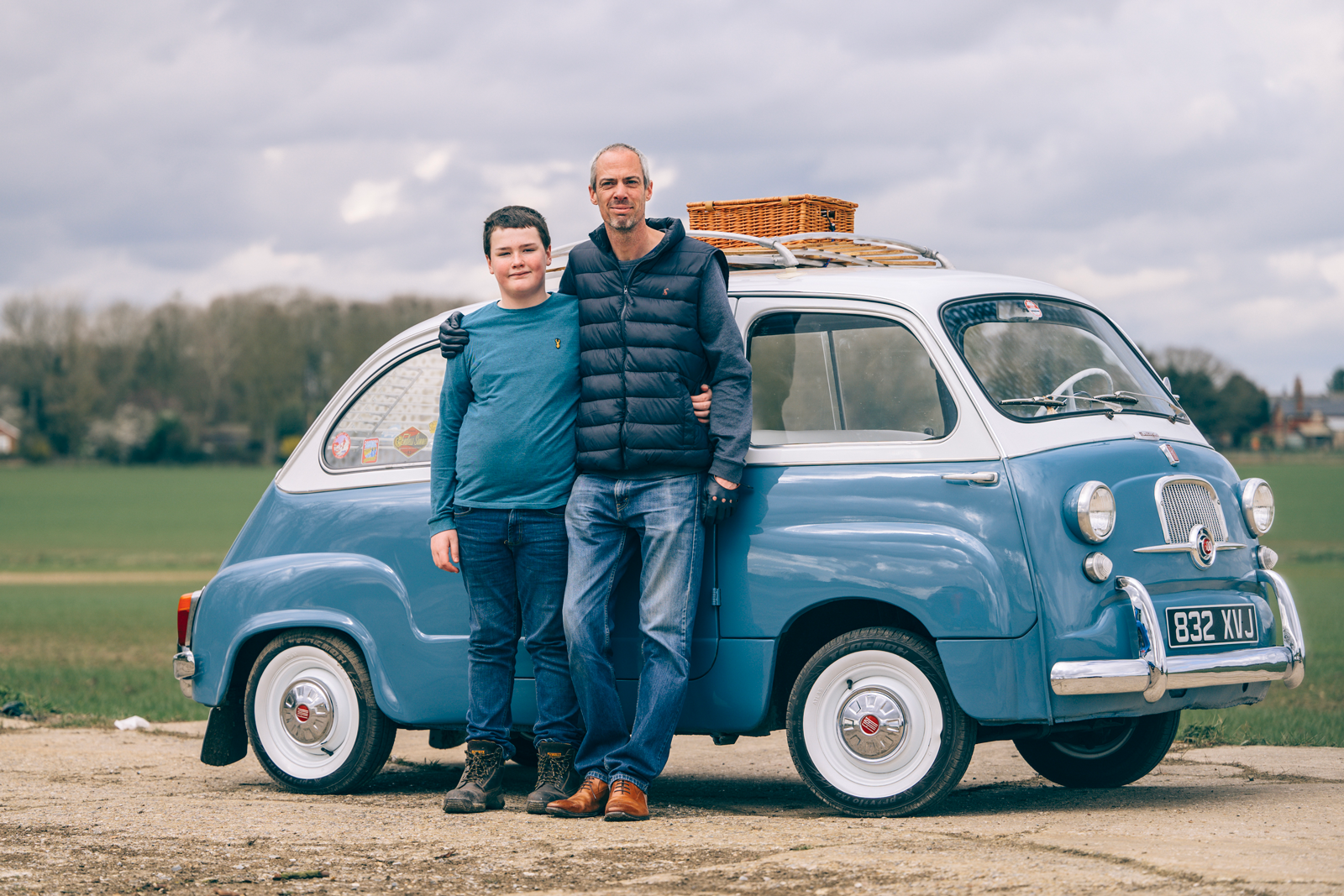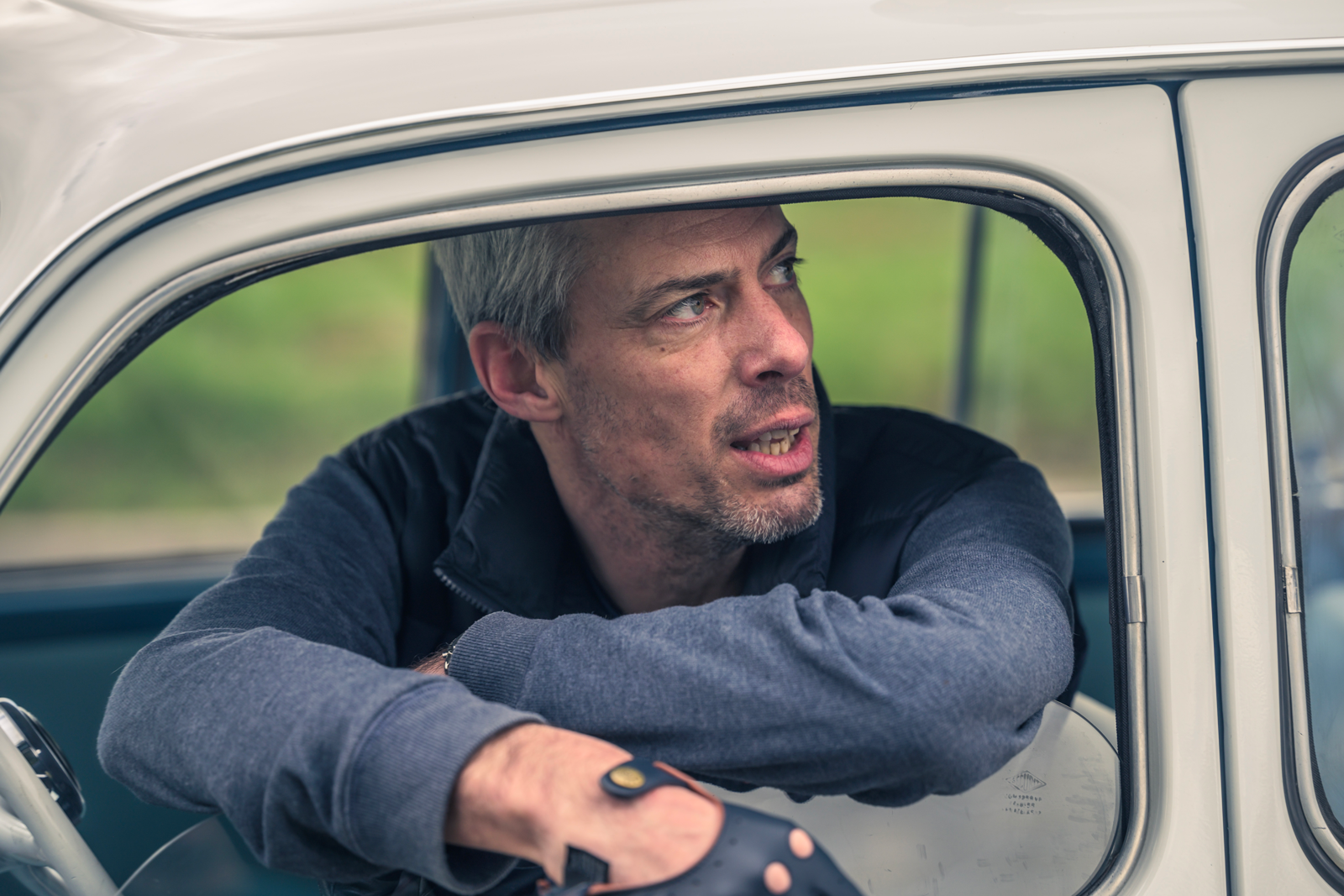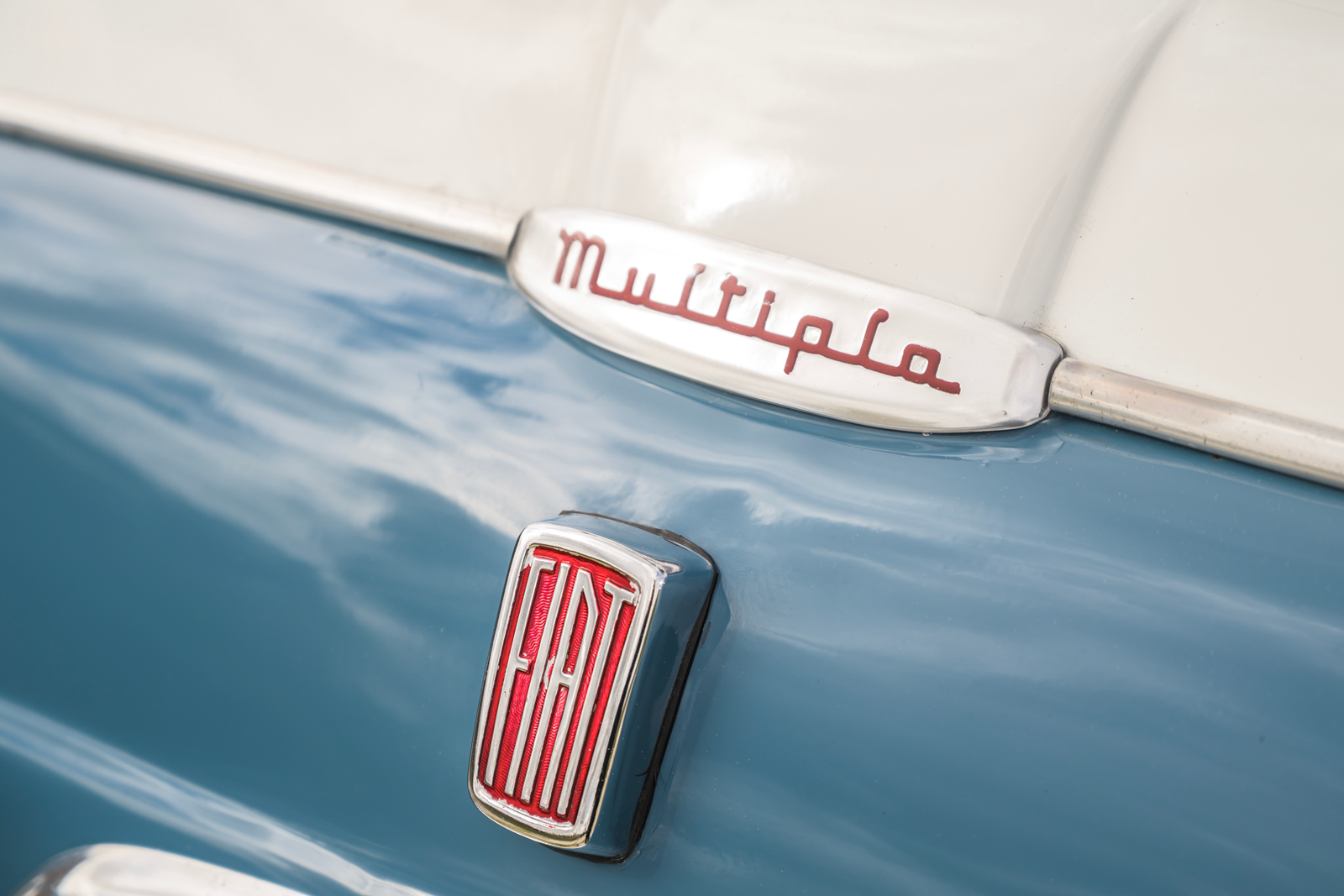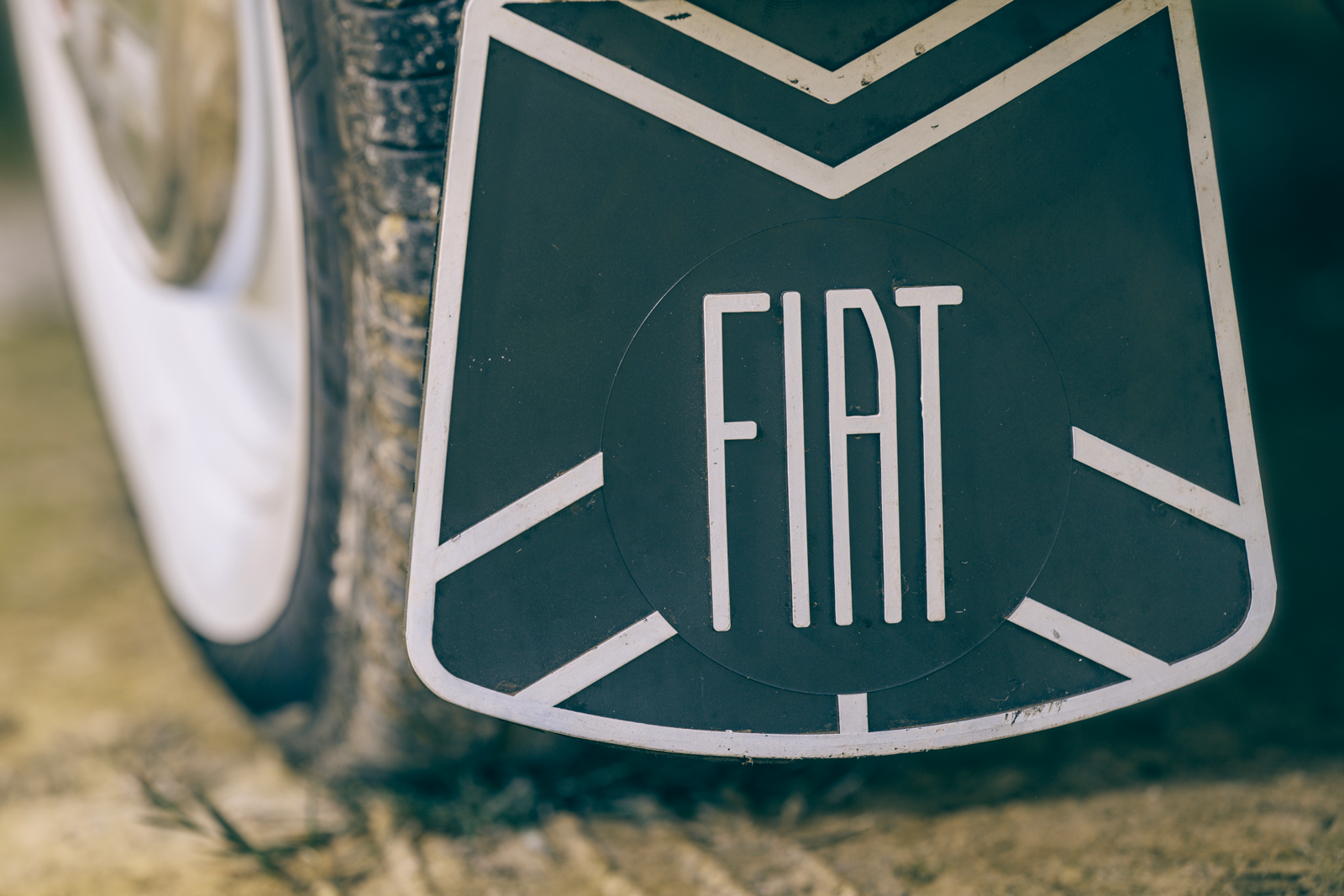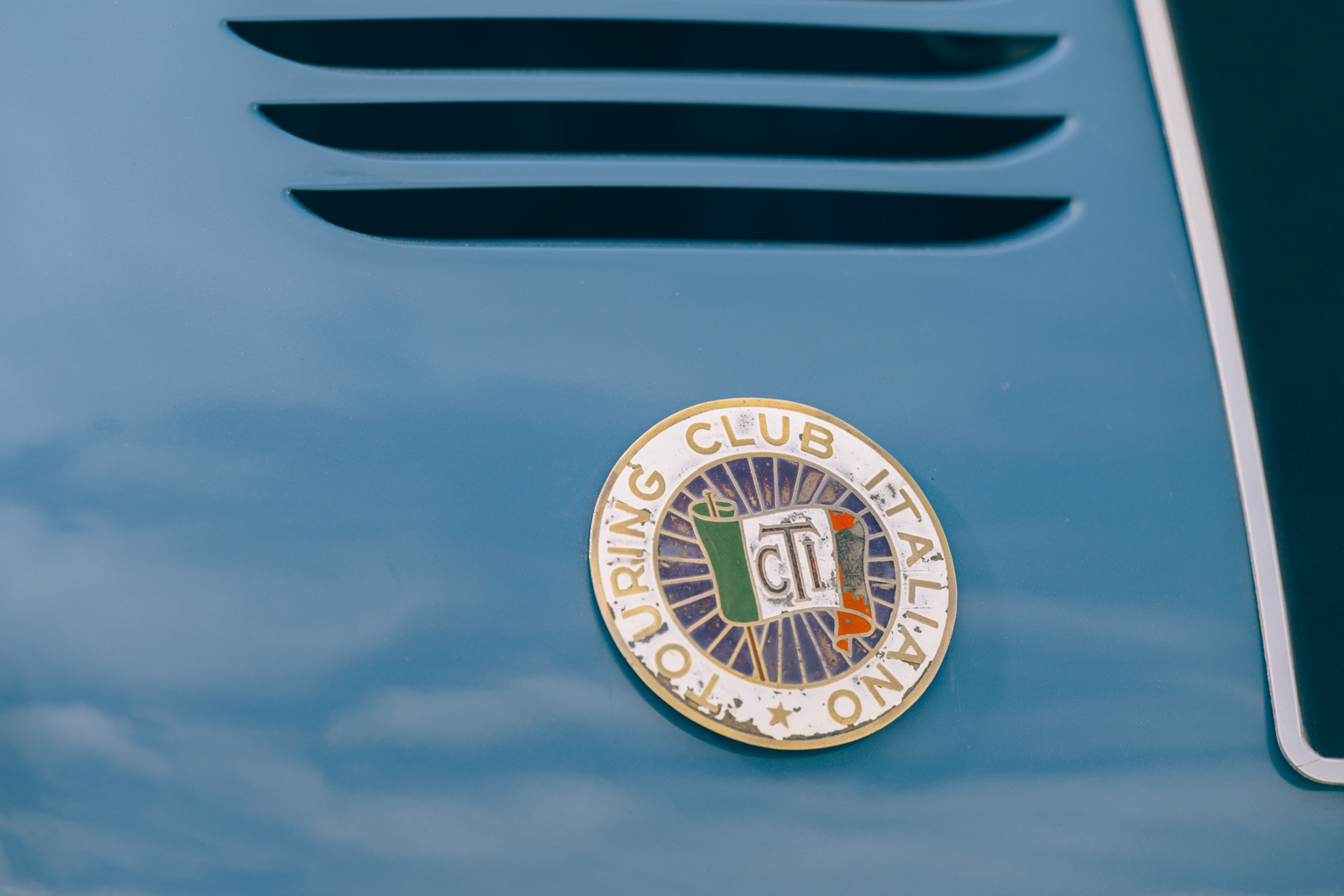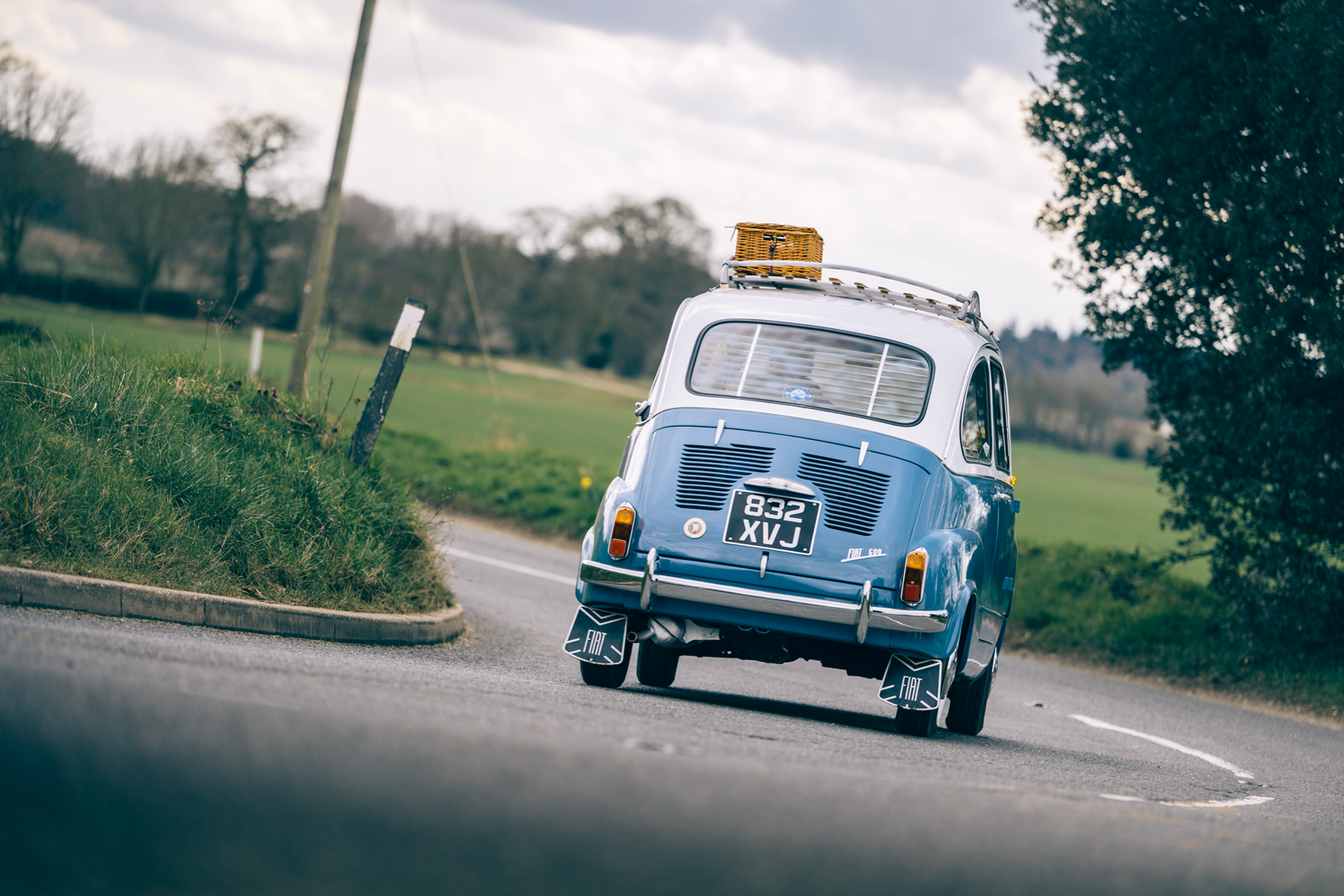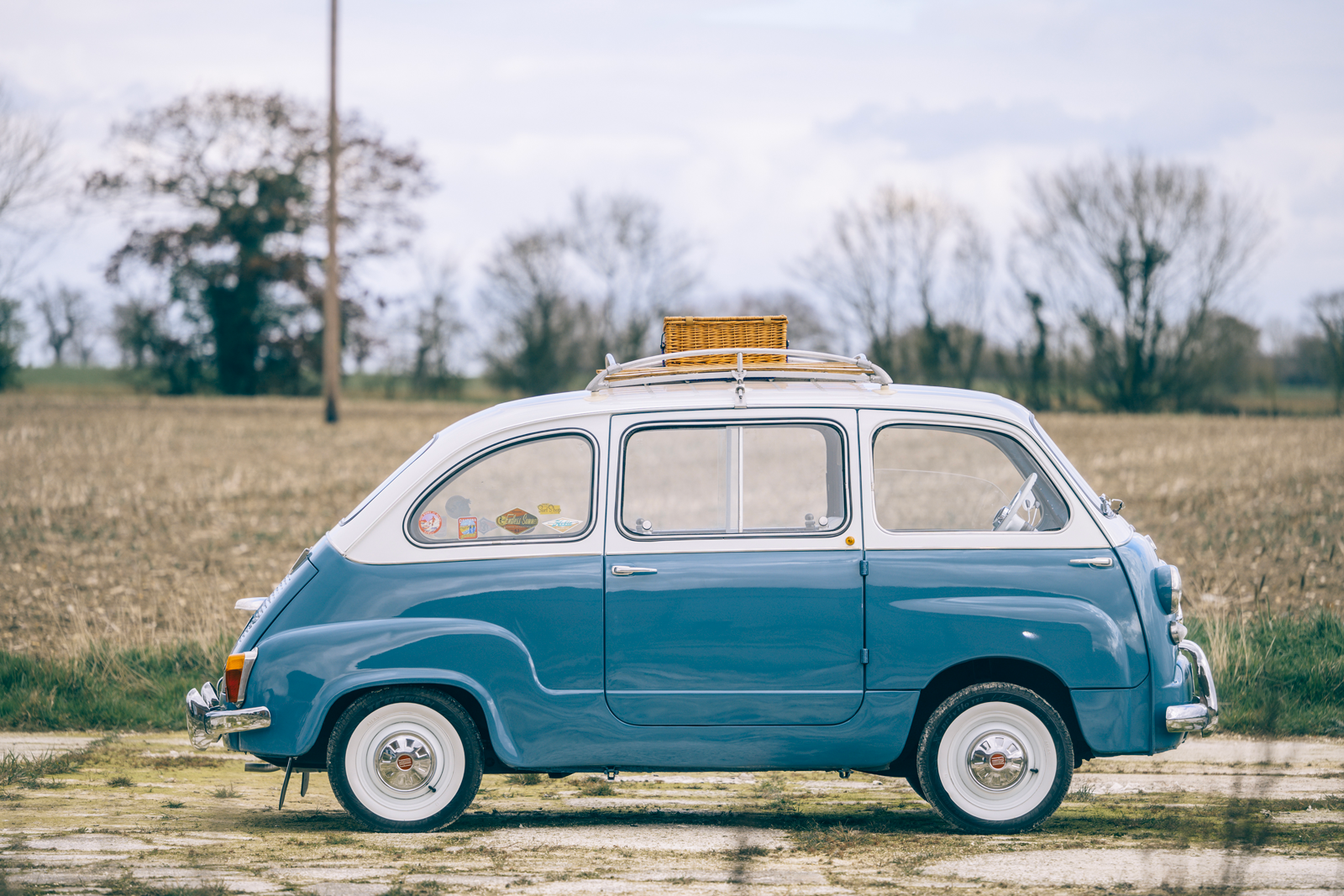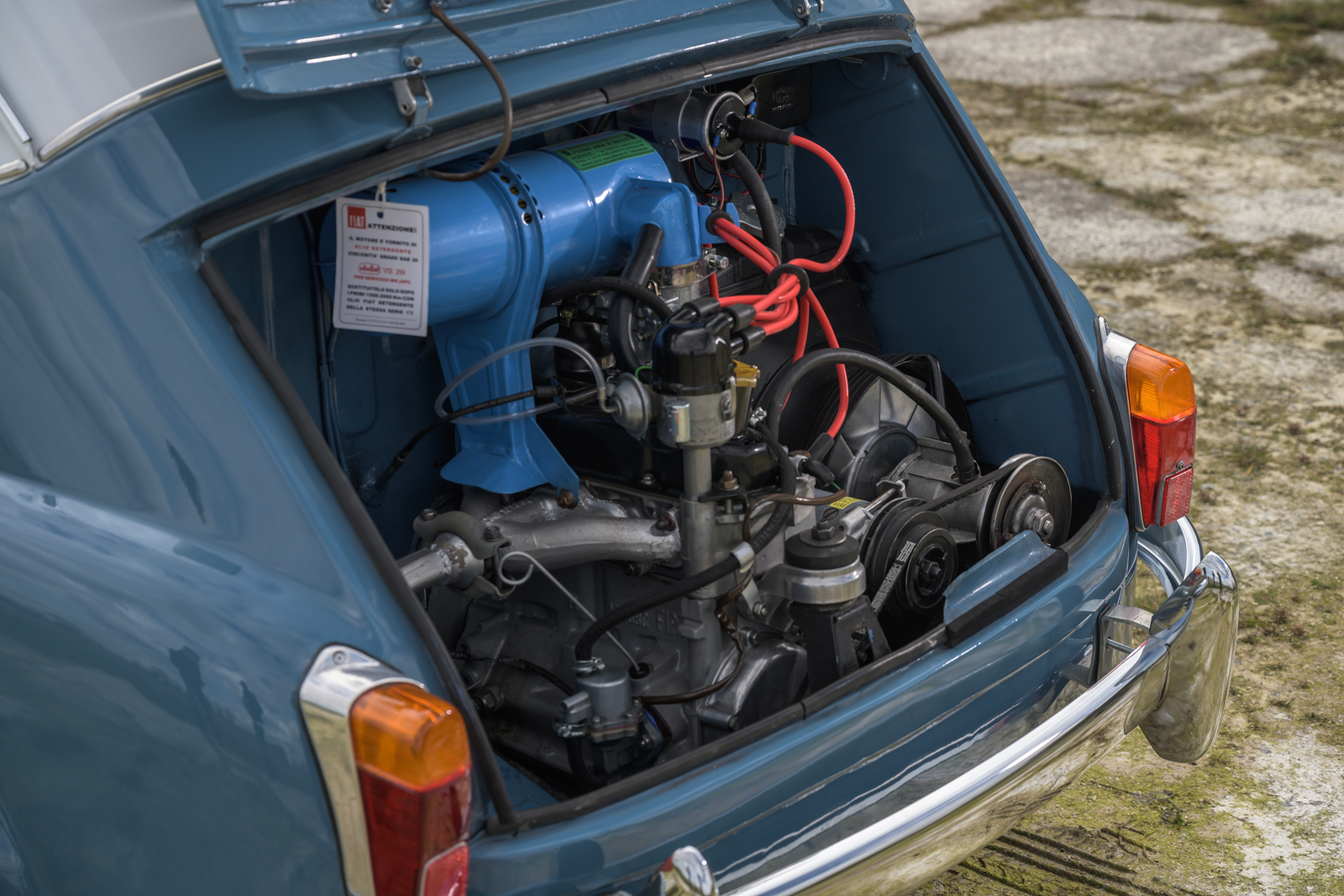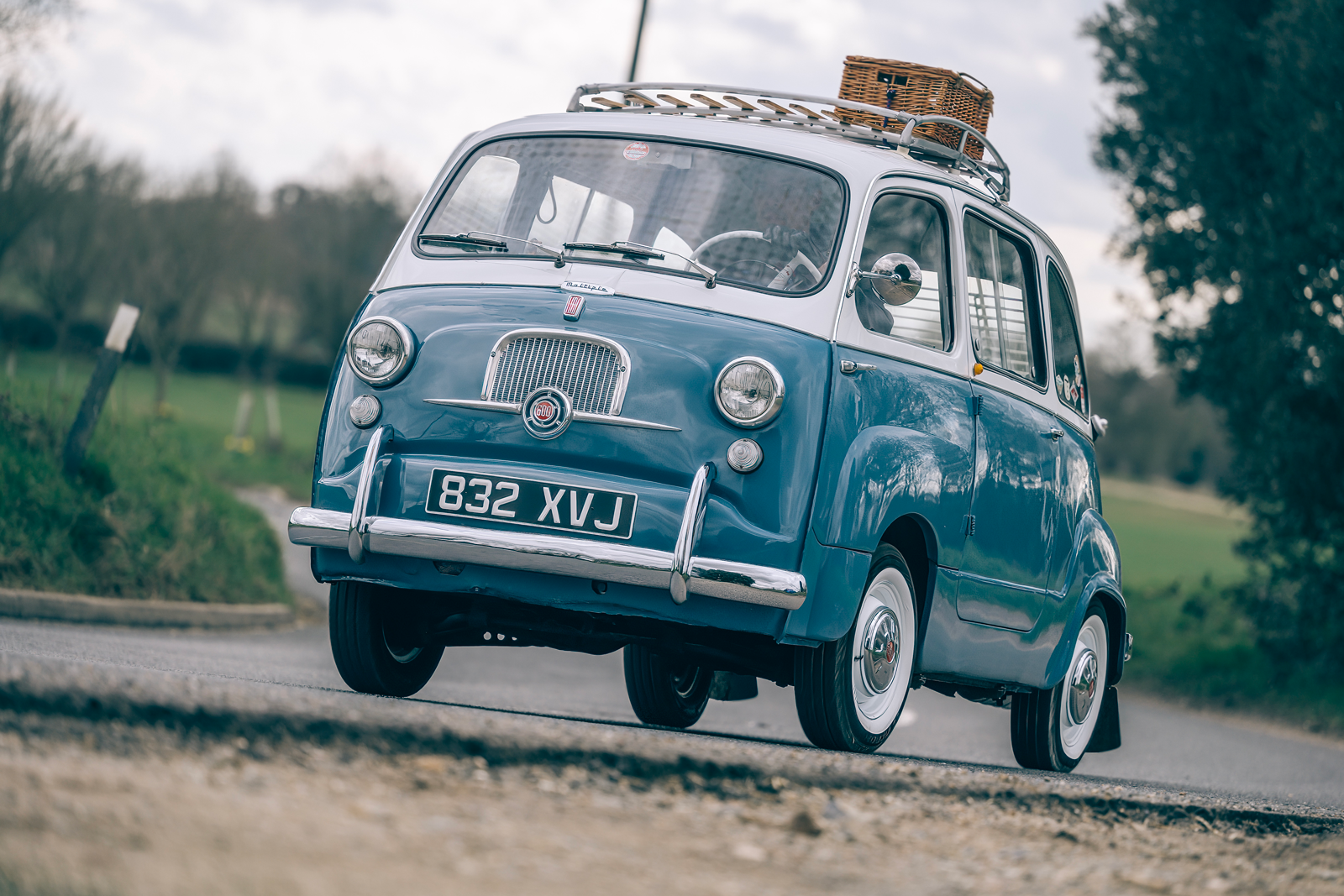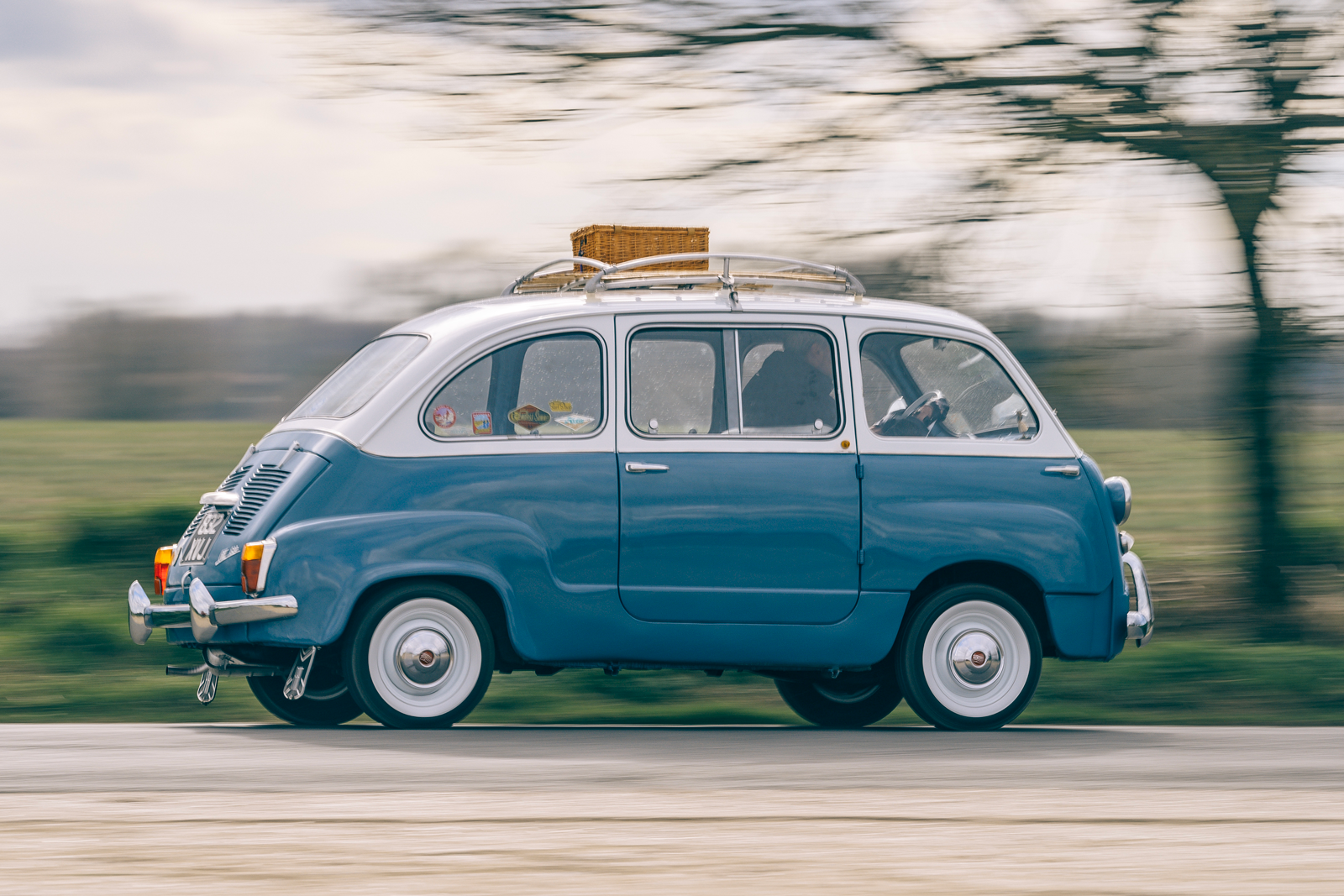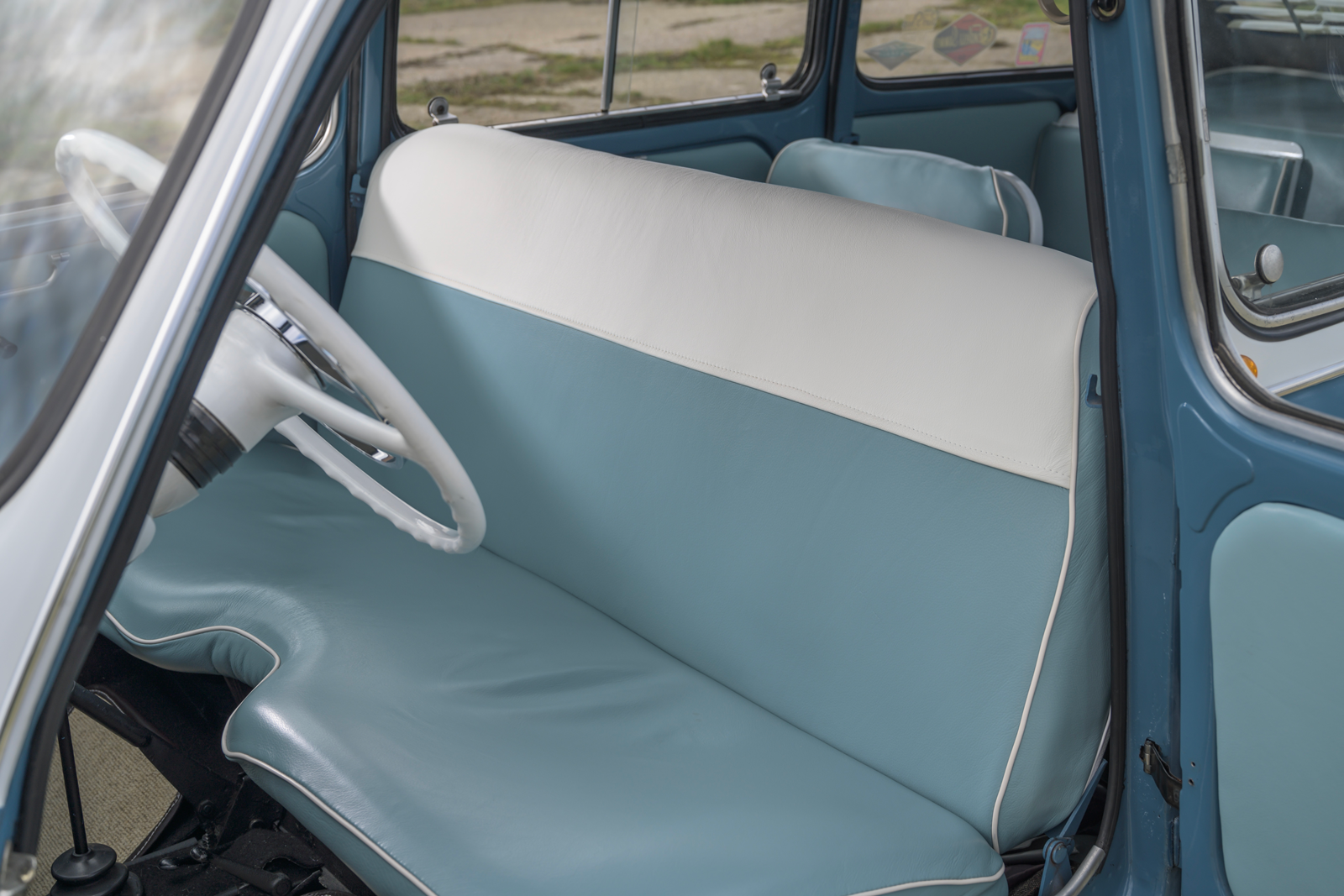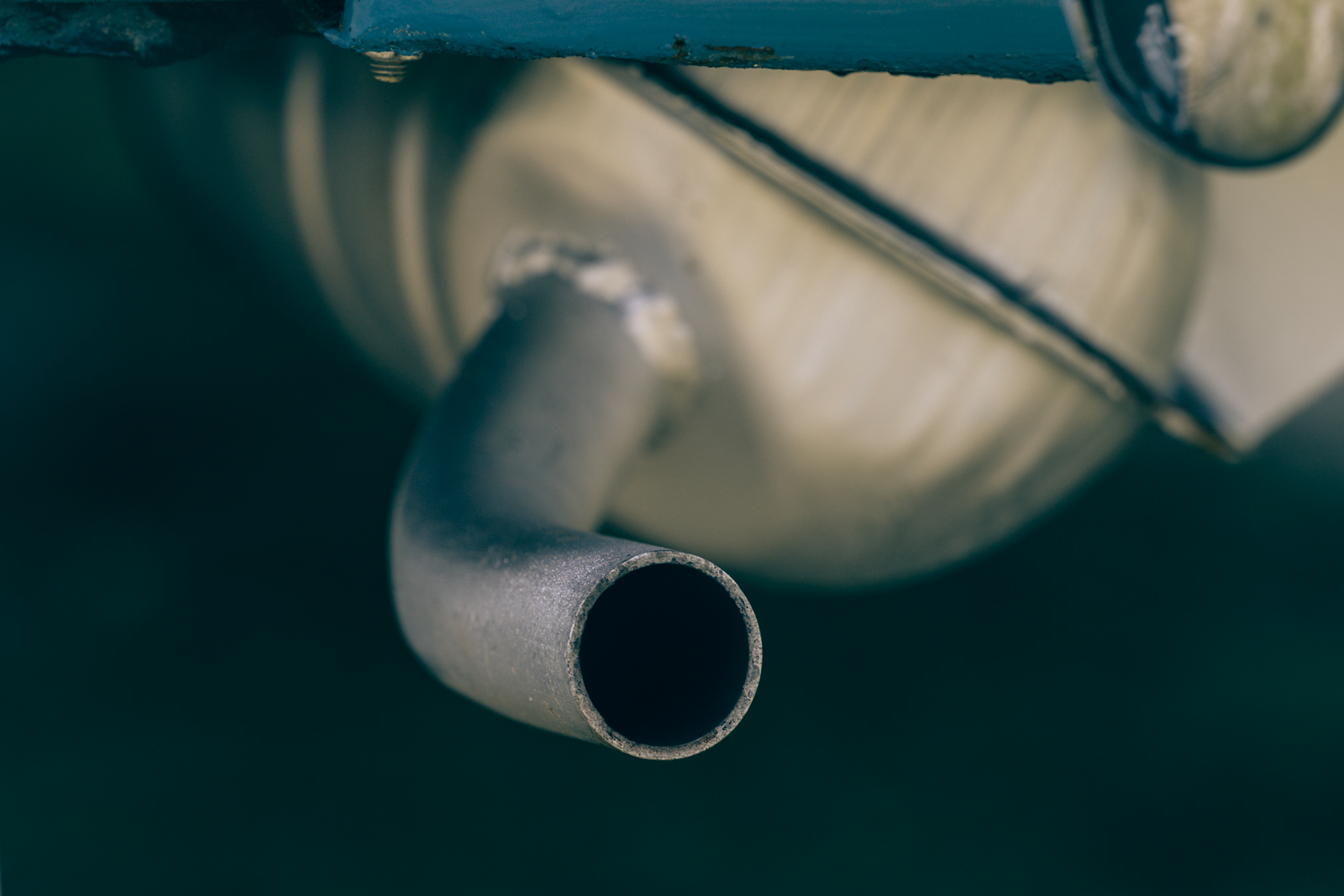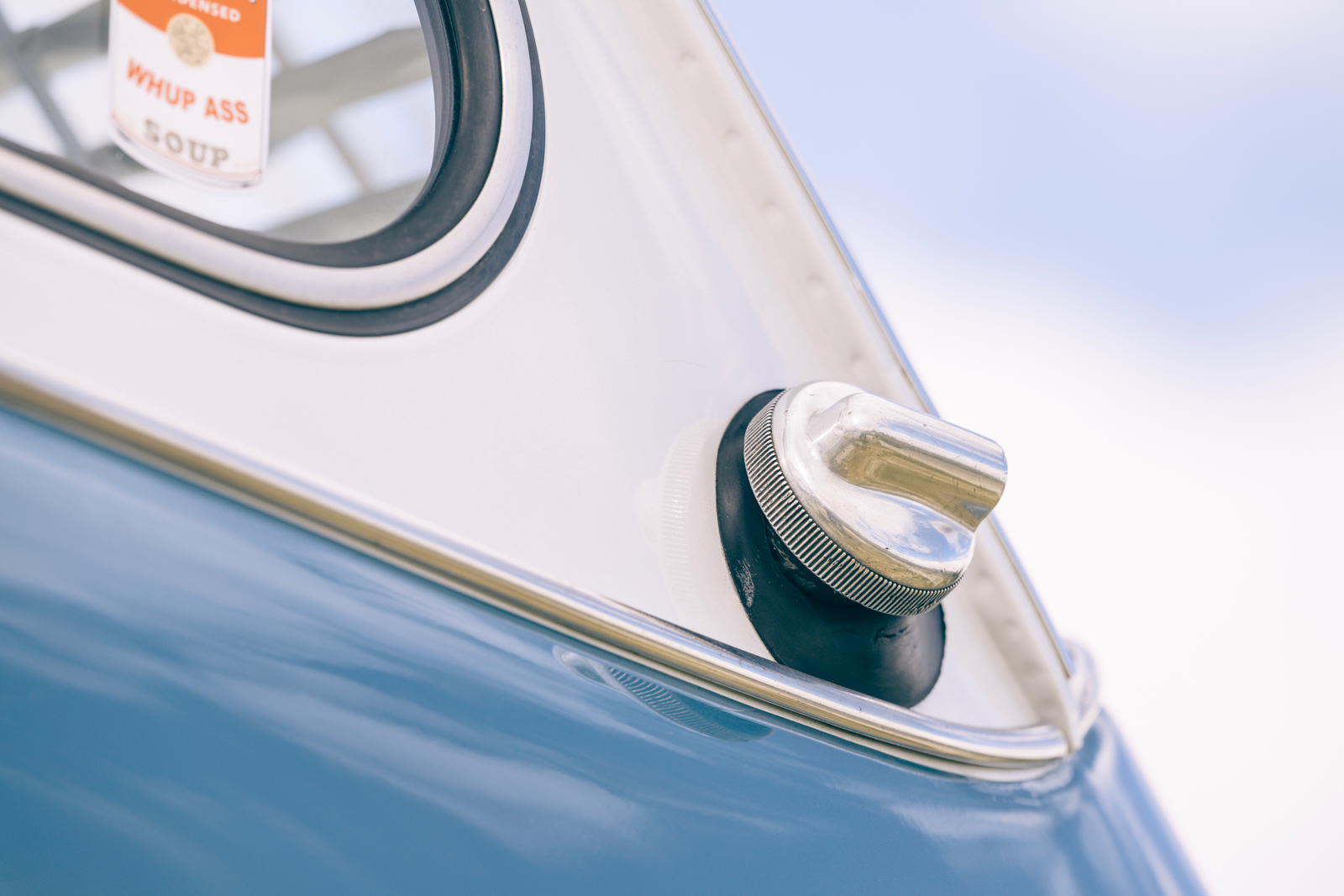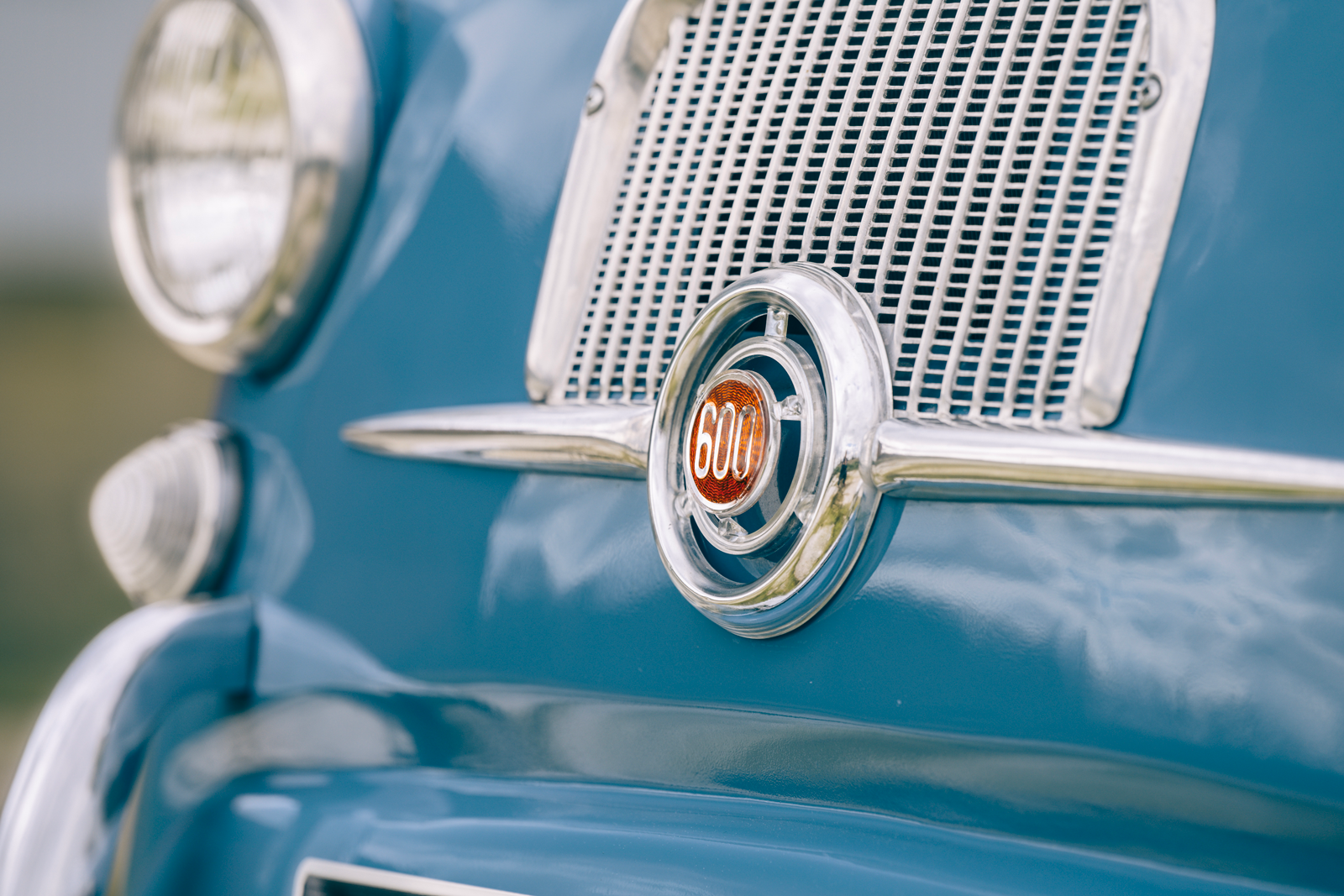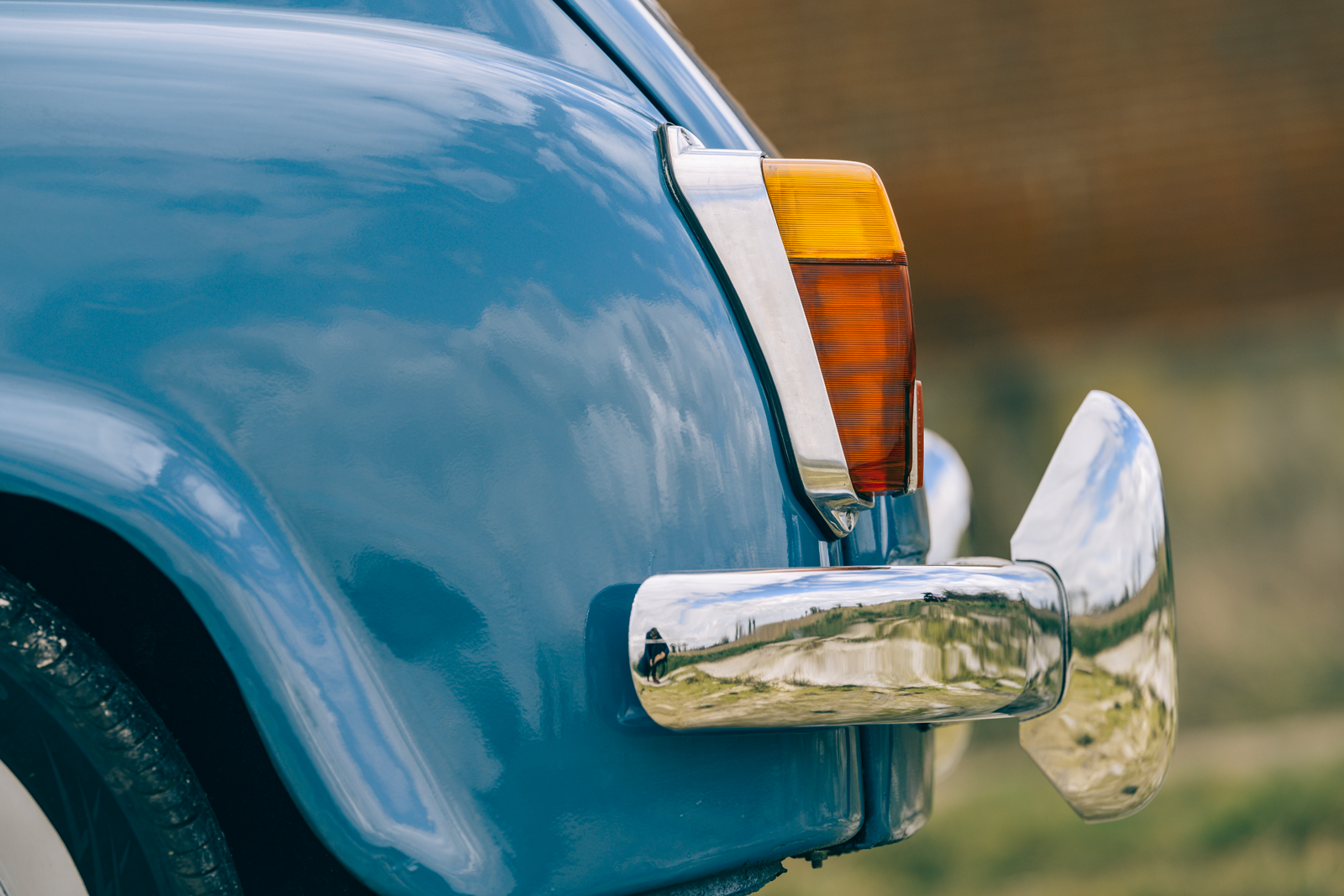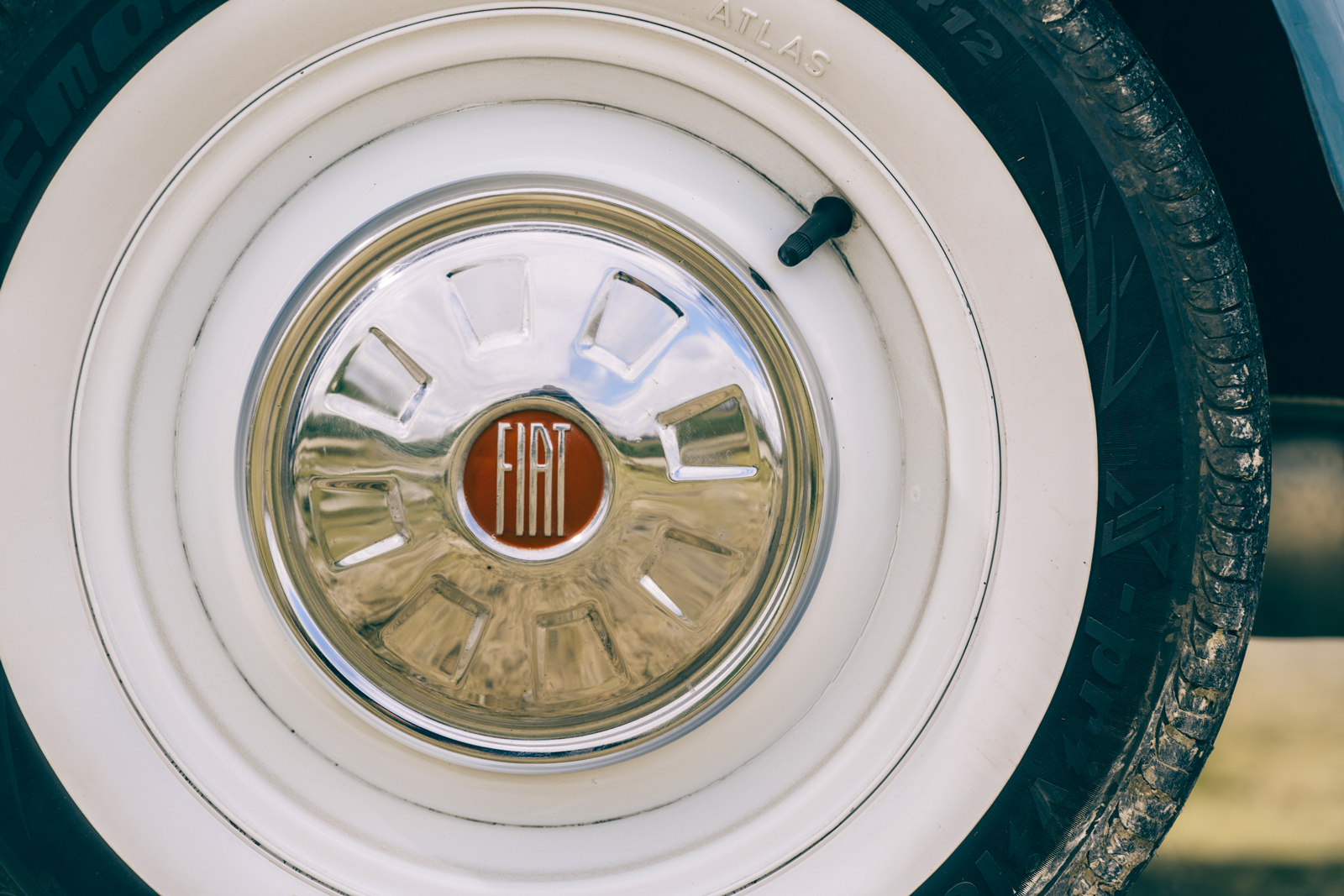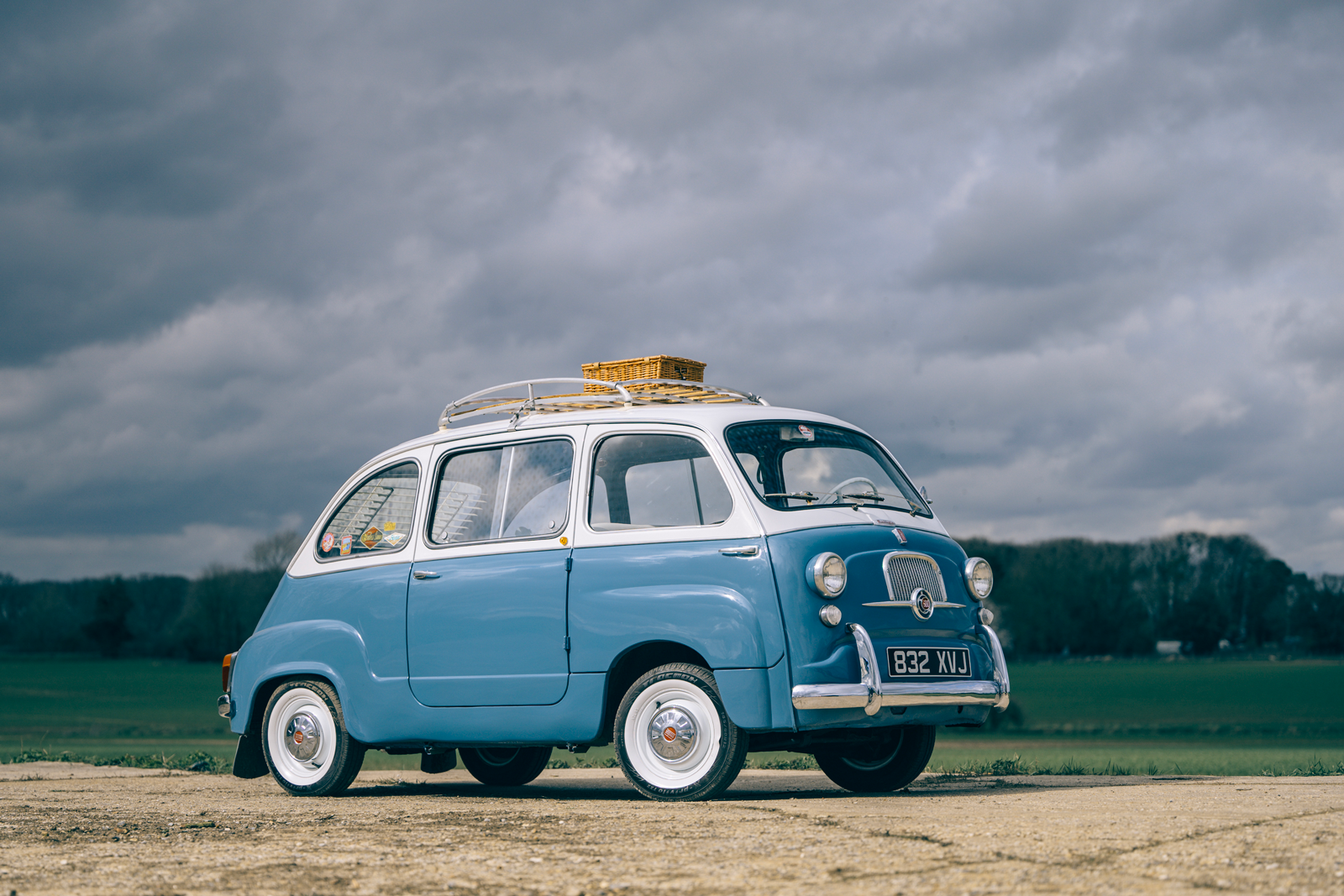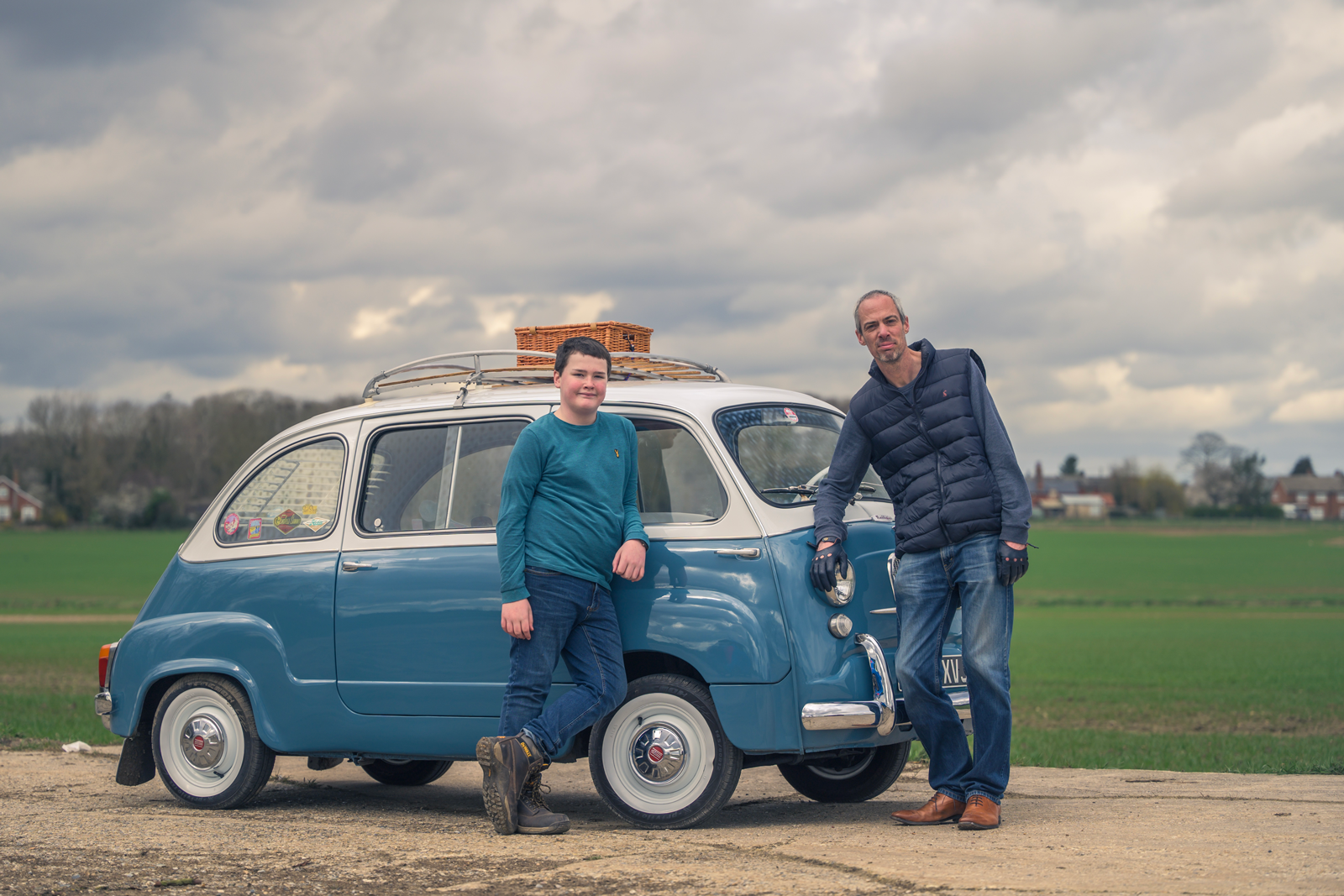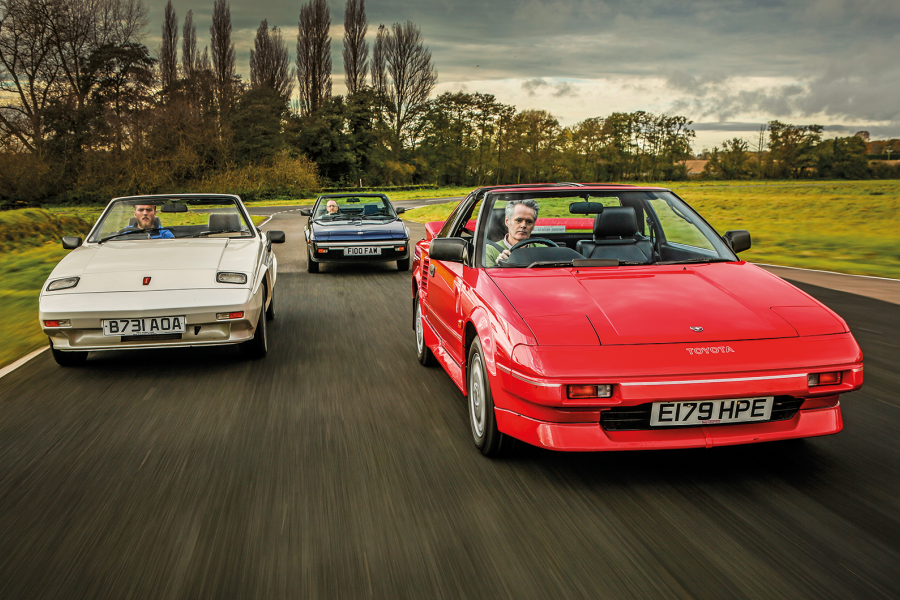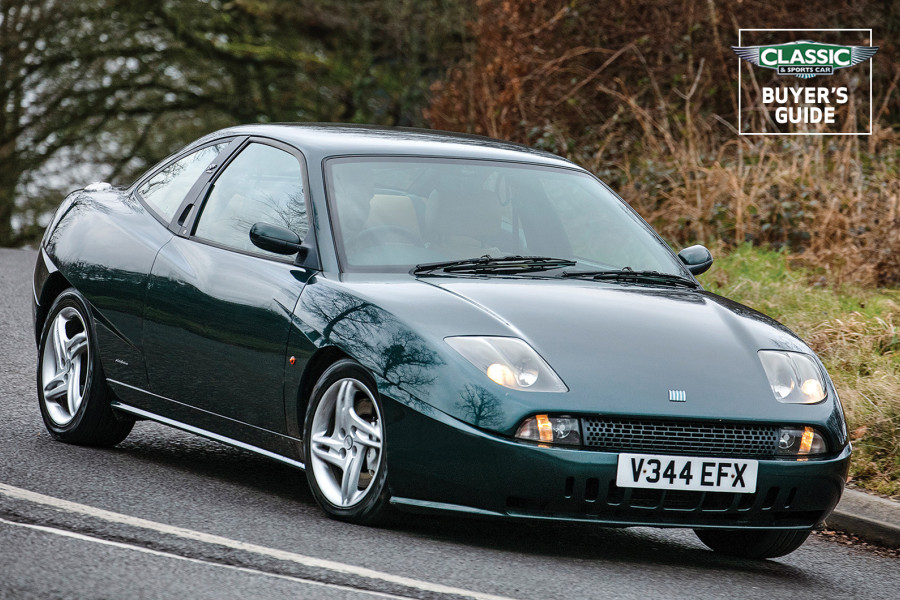
Fiat fan John Hewett didn’t bank on having much to do when he bought his gleaming Multipla, yet beneath the smart paintwork lay a litany of issues.
But with the help of fellow enthusiasts, he has upgraded and improved the little Fiat to create the striking machine it should always have been.
Lifelong classic car enthusiast and top engineer Hewett has been putting his skills to good use recently, creating vital ventilator components among other things.
In the car world he most notably gained plaudits for an incredible scale replica of an Auto Union Typ A that he put on display at the Goodwood Revival in 2012.
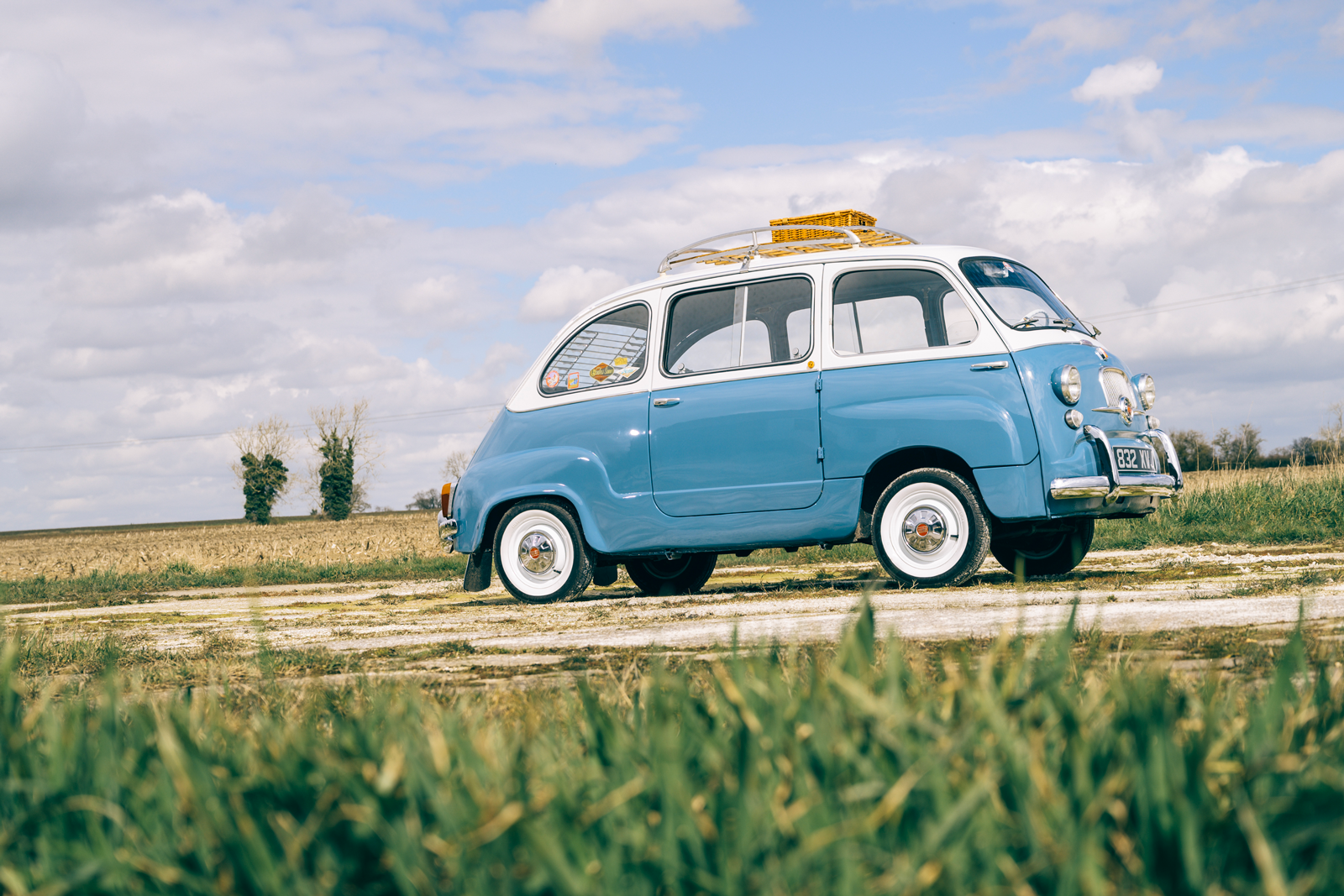
Last year, with lockdown looming, the inventor, fabricator and Fiat 500 enthusiast decided to turn his hand to something very nearly as exotic as the pint-sized Silver Arrow, and almost as small: a Fiat 600 Multipla.
“I wanted an adventure with my son, Samuel,” says Hewett. “We’d just come back from Turin and had a wonderful time just the two of us, visiting The Italian Job locations.
“Our plan was to find a Fiat Multipla and drive it home together, but I struggled to track one down. All the cars in Italy in my price range were in a poor state, and I wanted the adventure of driving it home.

